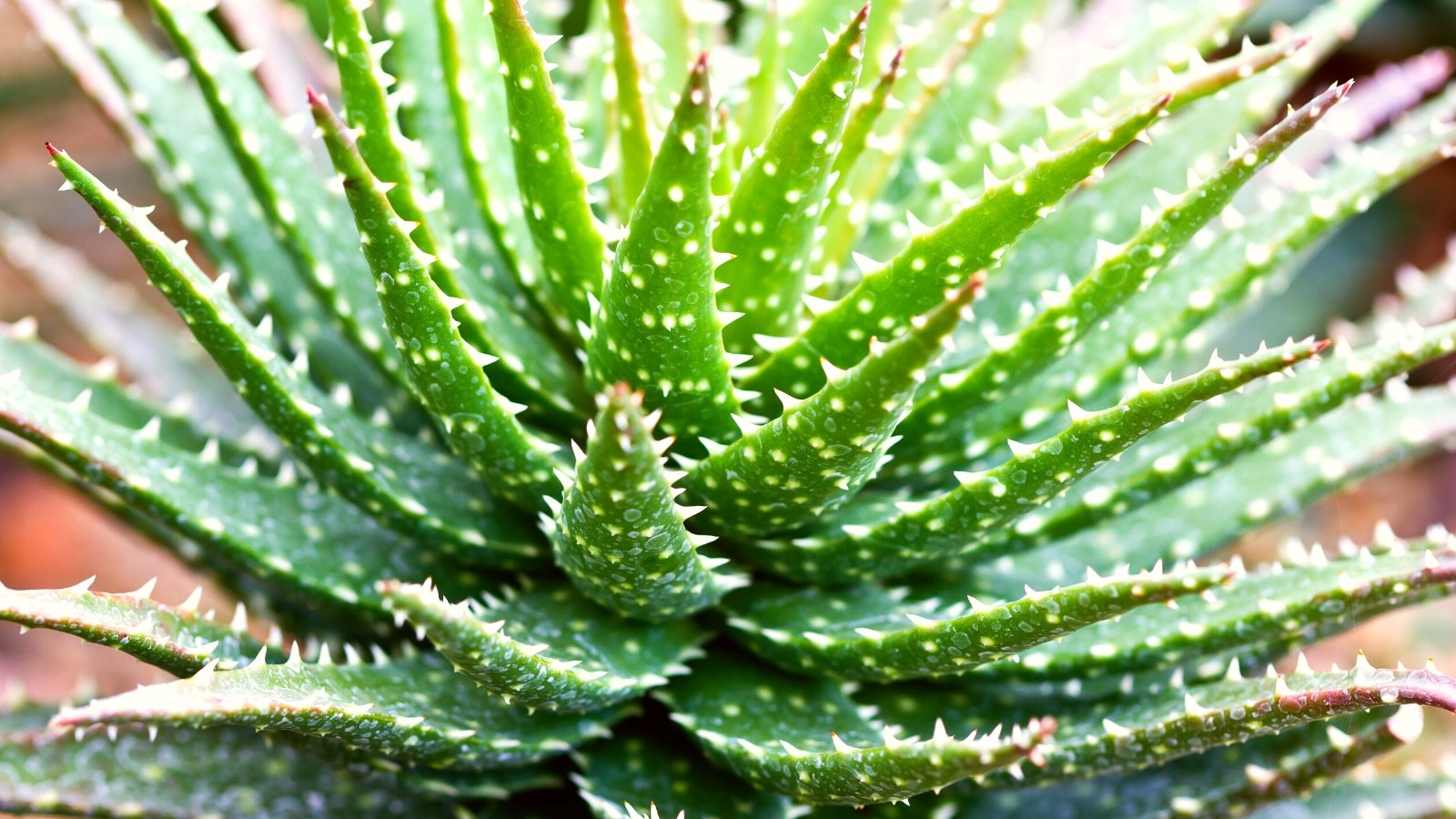After we consider aloe, many consider sunburns and huge fleshy vegetation crammed with therapeutic gel. Nonetheless that is just one species of aloe. There are a selection of species of aloe all via the genus and former.
‘Minnie Belle’ aloe is as cute as her title suggests. This small aloe has spiky tooth alongside the ground of its fleshy leaves. It’s a good inexperienced with white speckles. Throughout the summertime, it could bloom tall stems of bell-shaped purple flowers which may be inserting and enchantment to hummingbirds.
This small houseplant is a low-maintenance succulent that you’ll love along with to your assortment. Throughout the event you’re new to houseplants, ‘Minnie Belle’ is a superb one to start out out out with. It requires minimal care and has few factors.
Plant Overview
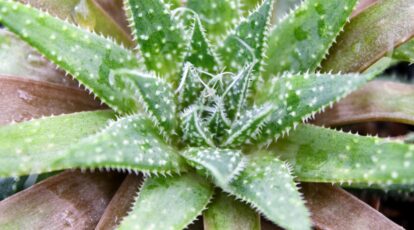

|
|
|
|
Plant Historic earlier
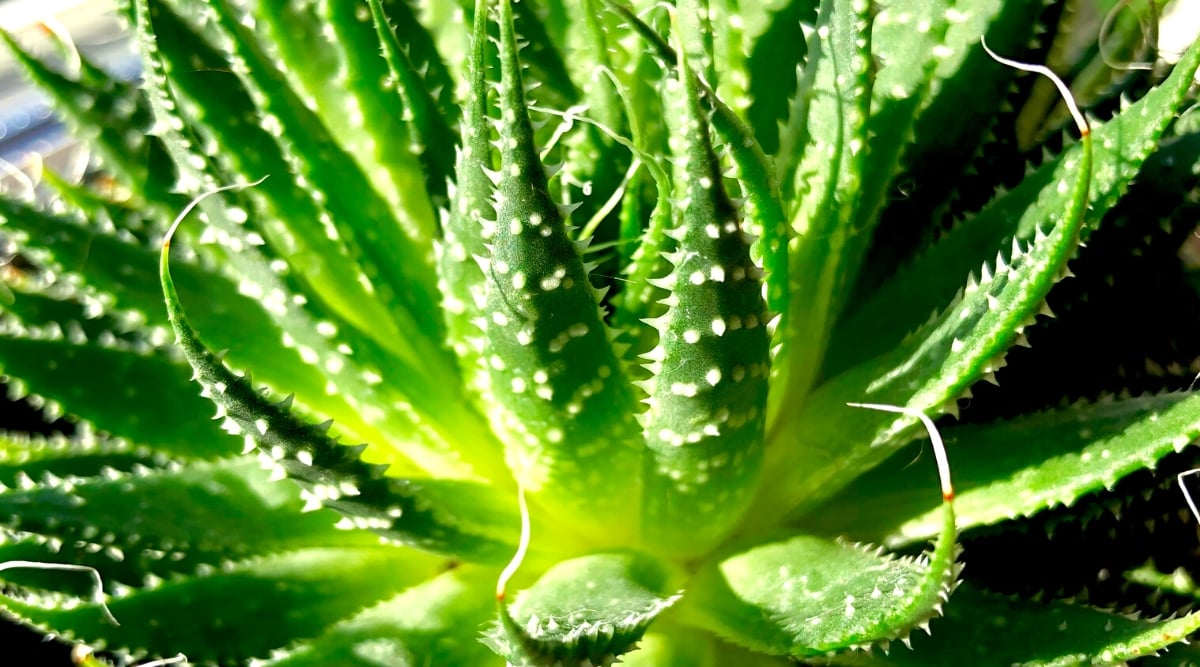

‘Minnie Belle’ aloe is a spiky species of aloe. Plant breeder Ed Hummel created this hybrid and named it after his companion, Minnie.
Cultivation


All via the genus Aloe, there are spherical 650 species. There are fairly just a few forms of aloes all via the species.
Aloe varieties are usually created by mixing and hybridizing species. A mix of two or extra guardian vegetation can create a mannequin new hybrid.
Propagation


Aloes are merely propagated. For many who acknowledge any particular person who has one, it’s straightforward to propagate. There are two predominant methods to propagate: stem cuttings and by way of pups.
If the plant you is maybe working with is barely a single clump or ‘rosette,’ you’ll propagate via a stem slicing. Take a leaf slicing from the underside of the plant. Use a pointy knife to slice off the leaf from the stem cleanly. Let the slicing sit for quite a lot of hours or in a single day, permitting the lower flooring to dry out. Dip the slicing correct proper right into a rooting hormone and plant it in evenly moist soil. A soil mix formulated for cacti is good. Preserve the soil moist till roots kind.
In case your aloe is sprouting pups, it’s straightforward to propagate them. Pups or offsets are small rosettes that kind on the principle/mom plant. Take away the pup utilizing a pointy knife, in another case you’ll presumably pull it off gently. Plant the pup into evenly moist cactus mix soil. Preserve the soil moist till it begins to root. For quite a lot of days, you may cowl the aloe with a plastic cowl to lock all through the moisture. Merely don’t go away it on too extended, or the aloe can begin to rot.
Planting
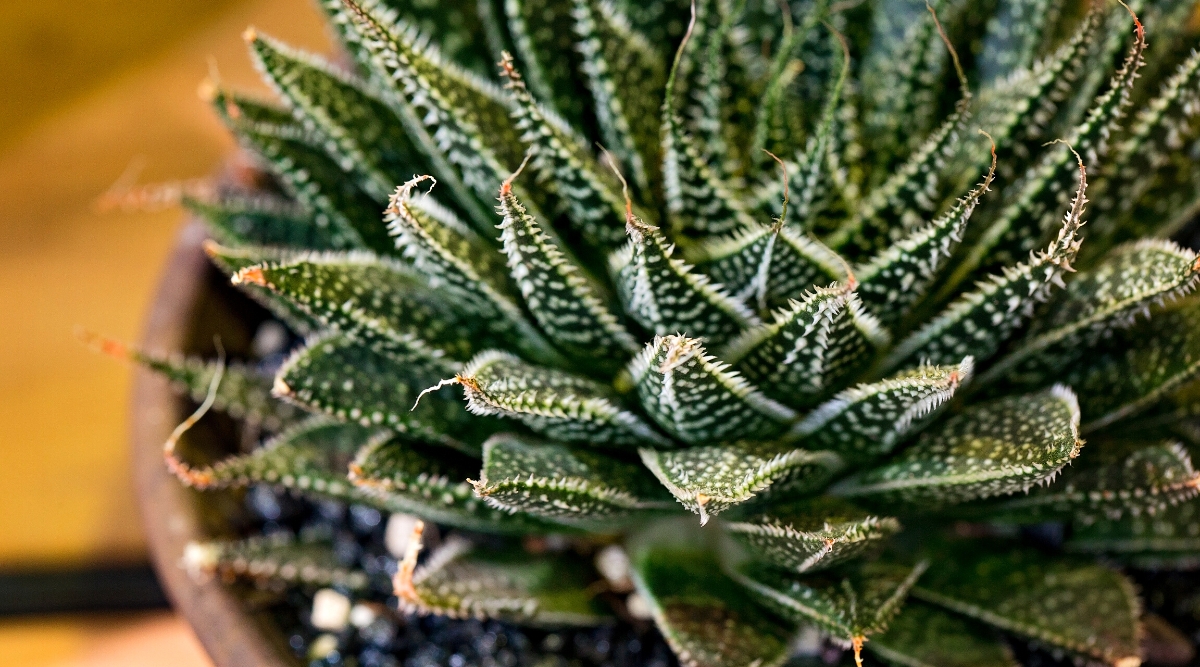

‘Minnie Belle’ Aloe is pretty easy to plant. Take away it from its container and plant it correct proper right into a cactus mix soil combine. Highly effective up the roots and soil all through the plant so it’s not all through the kind of the container it was in.
Plant your aloe as so much as a result of the crown of the plant. In case you may be planting it into one completely different pot, guarantee that pot has drainage holes to let extra water run out.
Among the best methods to Develop
These cute vegetation develop largest when supplied with their preferrred circumstances. Let’s analysis what these circumstances are.
Daylight Necessities
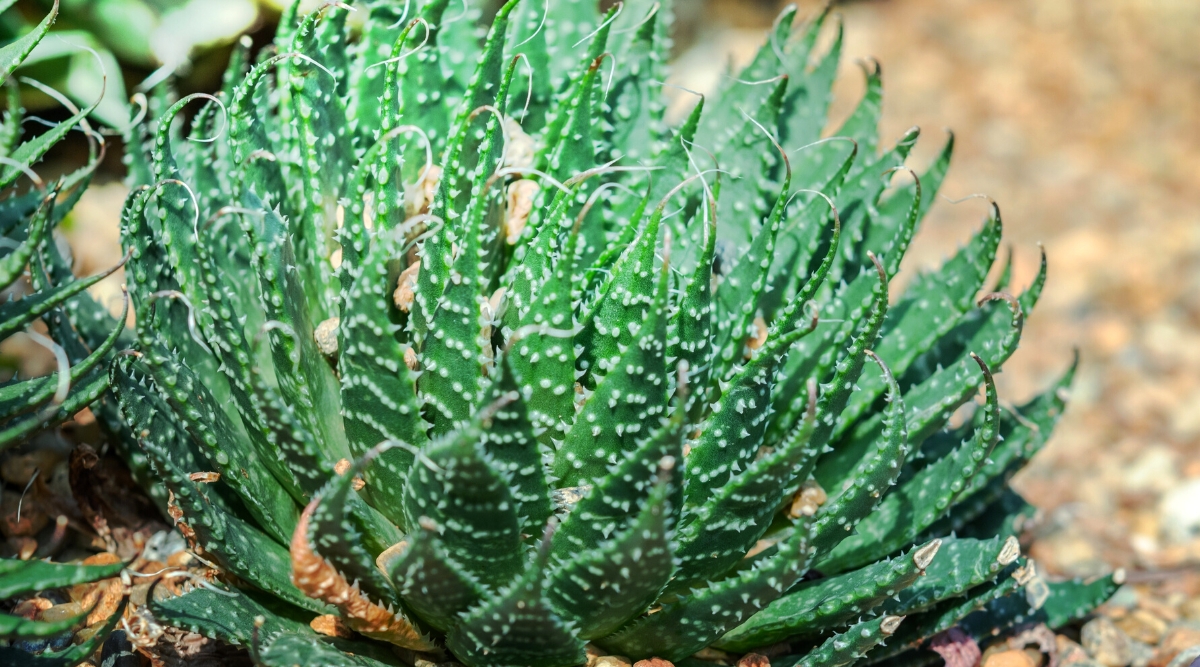

You may suppose that ‘Minnie Belle’ likes full scorching photograph voltaic since it’s a succulent. Nonetheless that isn’t the case. An excessive amount of photograph voltaic can sunburn your plant.
The great, oblique photograph voltaic is true. Like its cousin aloe vera, offering a minimum of six hours of shiny oblique photograph voltaic will shield your ‘Minnie Belle’ rising pretty. Consider extra photograph voltaic in case you may be within the hunt for blushing options in your aloe. This photograph voltaic stresses your plant, creating blushing coppery options on the aloe leaves.
In case your aloe is just not going to be getting sufficient photograph voltaic, it could seem leggy and limp. It’ll develop within the path of the sunshine.
Soil Necessities


Aloe wants very free and truly well-drained soil. A cactus mix is free and sandy and may drain freely. That is the perfect suited choice to your aloe.
To make your specific individual cactus bend, use two parts of fine quality potting soil, two parts coarse sand, and one half perlite or pumice. Mix it appropriately for a troublesome, free soil good for rising aloe.
Water Necessities
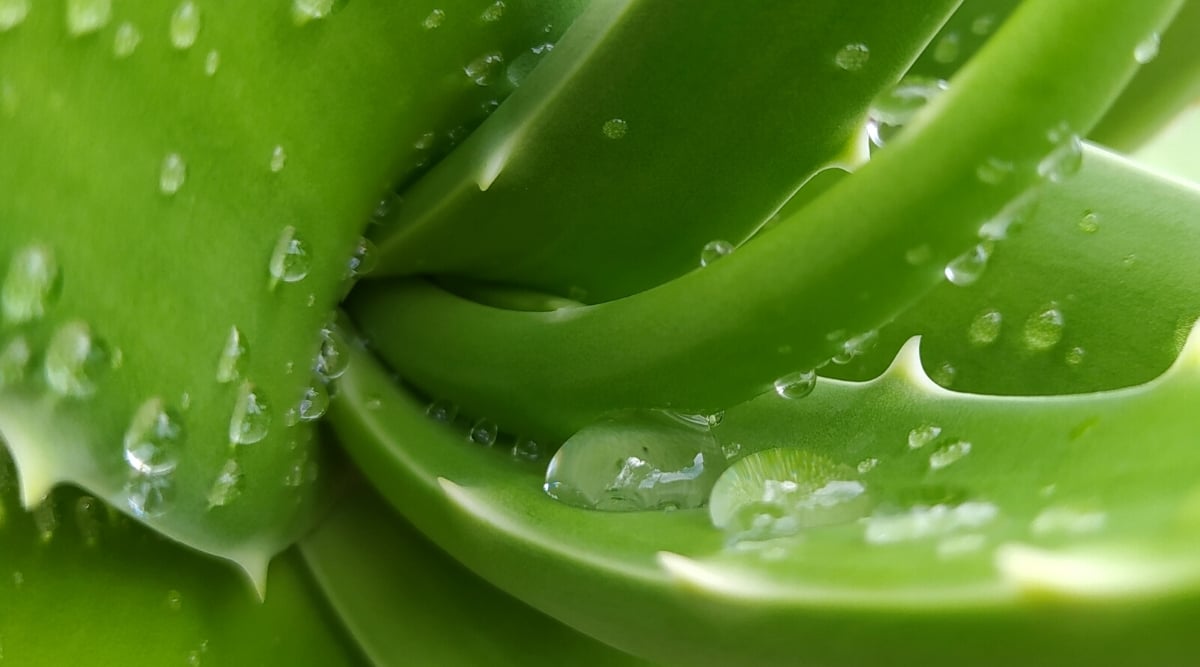

Many aloe varieties will perish by the fingers of well-meaning plant fanatics with a heavy hand for watering. Nonetheless this doesn’t recommend it is best to water with a watch dropper crammed with water each 12 days. I water my succulents by soaking them after which letting them dry out utterly.
Due to this your soil and container are so necessary. It is best to have soil that can drain freely and shortly. A sandy cactus mix, as talked about above, is sweet. You furthermore want good-sized drainage holes all through the underside so water can run by it.
Take your full succulent container and preserve it beneath the faucet. Let the water circulate into by it. Then, let the surplus water drain out of it utterly. Wait till it dries out utterly prior to doing that when further. Depart them alone for principally most likely probably the most half. Aloes are extra further liable to perish from overwatering than underwatering.
Native local weather and Temperature Necessities


‘Minnie Belle’ aloe is a desert plant. It grows in zones Sep 11. It’ll not tolerate frost or overly humid circumstances. For these causes, it makes an unbelievable houseplant in our heat, dry properties.
Fertilizer


I have a tendency to not fertilize my succulents fairly often. I actually really feel it’s straightforward to kill them with kindness. The plant will maybe must be potted up on account of it grows, and the mannequin new soil you repot into could have quite a lot of dietary nutritional vitamins.
For many who need to fertilize, I might use one formulated for cacti and dilute it to half-strength. Regulate to the instructions on the label for a way typically to fertilize. As shortly as each three months or so will maybe be sufficient.
Upkeep
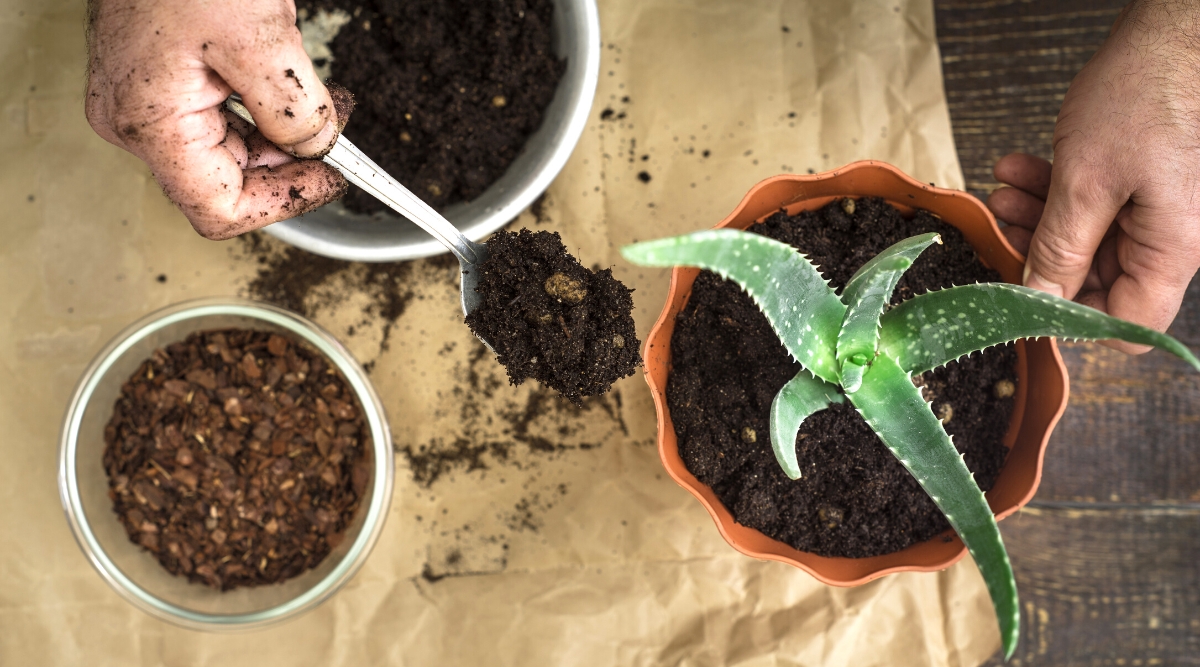

These succulents require little or no upkeep. They may must be repotted and divided as they develop.
They may bloom throughout the summertime months. After they end blooming, snip off the flower down the stem.
Design


‘Minnie Belle’ makes an unbelievable houseplant. You may put them in ornamental pots. If the pot doesn’t have drainage, use a liner pot that does. Then, when it’s time to water your aloe, take out the liner pot and water it. Let the surplus water drain and place it as soon as extra all through the ornamental container. Don’t water it in a container with no drainage. Your aloe won’t tolerate standing water.
Furthermore they make an unbelievable addition to blended containers of cactus. Try along with varied echeverias, lithops, cacti, and completely completely different succulents to a large container. You may fill the areas between the vegetation with ornamental rocks and/or sand.
Throughout the event you retain in a desert native local weather, you may plant them exterior. They provide the impression of being good in window bins or small planters. They may bloom spikes of purple bell-shared flowers that can enchantment to hummingbirds. Throughout the event you retain in a colder home, you may go away them in containers and produce them in when the native climate will get chilly.
Pests and Ailments
‘Minnie Belle’ aloe is a superb little plant for newcomers on account of it faces just some factors you most likely have it rising in its preferrred circumstances. Nonetheless, like with all vegetation, it isn’t all the time problem-free. Listed under are some pests and sicknesses your ‘Minnie Belle’ can develop.
Mealybugs
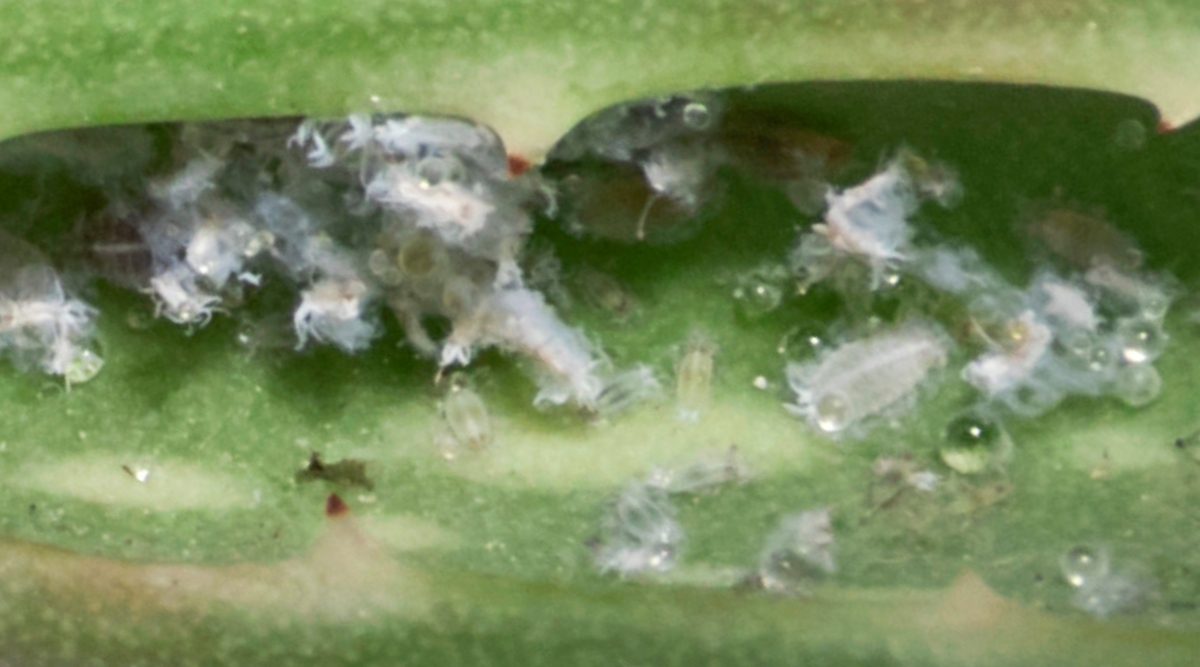

Mealybugs are the worst! These small, mild, oval-shaped white bugs can infest your plant. You will uncover them climbing all through the nooks and crannies of the plant. They emit a sticky substance typically known as honeydew. Mealybugs will suck the life out of your aloe, and they will unfold to completely completely different vegetation.
‘Minnie Belle’ aloes are fairly small, and there aren’t any branching limbs crammed with leaves that make good hiding areas for mealybugs to get into. Throughout the event you uncover them in your ‘Minnie Belle,’ I counsel wiping them off with a cotton swab dipped in rubbing alcohol. Stick with it extreme of it till the infestation has subsided.
Root and Crown Rot
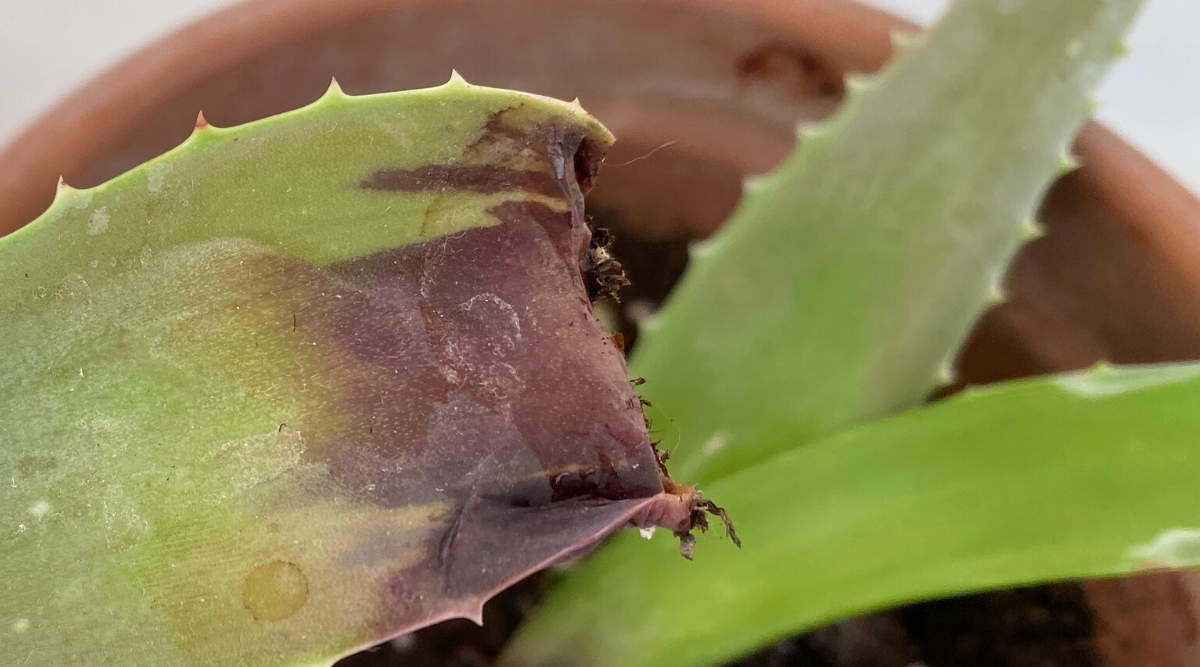

Crown and root rot is launched on by fungal enchancment stimulated by over-watering. Ensure that your plant dries out between watering. Guarantee your container has satisfactory drainage so the roots don’t stand in water.
Throughout the event you uncover mushy leaves and stems, cease watering. It may be too late to save lots of a lot of loads of the plant whether or not or not it is brown and mushy. Take a stem slicing of your plant and propagate a mannequin new plant (be taught the proportion half above).
Often Requested Questions
A: The fleshy leaves will flip yellow or brown. Lastly, chances are you’ll find yourself with root or crown rot, and the entire plant will flip to mush. Permit your aloe to dry out between watering.
A: No. It was named for Ed Hummel’s (the one who created the differ) companion, not the scale of the aloe. Whereas not large, these aloe vera relations can develop a foot large by about six inches tall.
Remaining Ideas
This usually is a cute and funky aloe so as in order so as to add to your assortment. With its spiky and seen foliage, it’s distinctive and certainly not fairly like completely completely different species. It appears good by itself in a container. It may be added to blended cactus gardens. ‘Minnie Belle’ aloe is easy to care for and makes an unbelievable addition for mannequin spanking new and professional houseplant fanatics alike.
